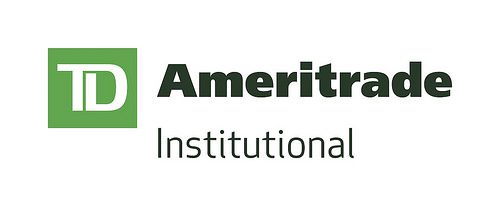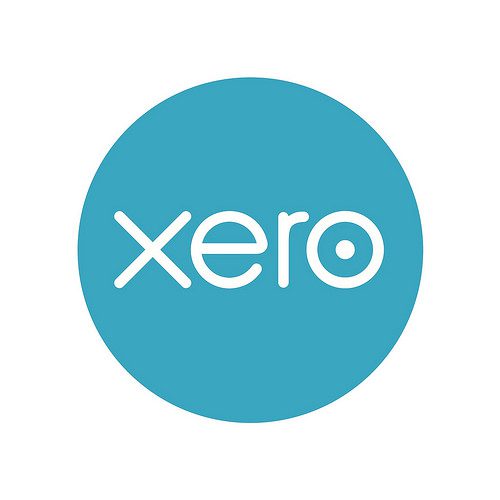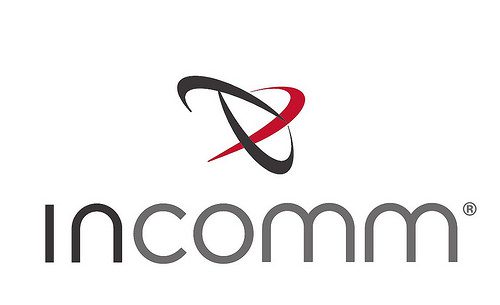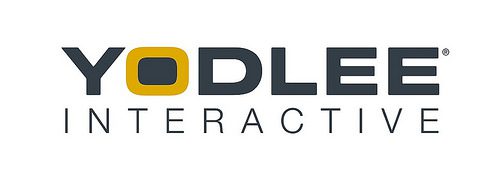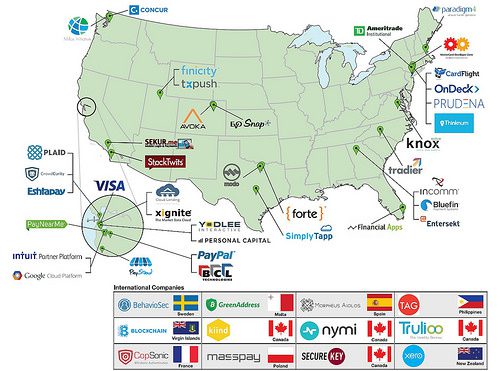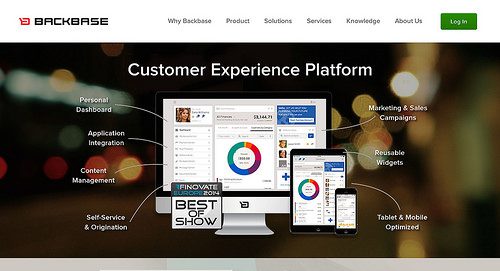After a busy two days at FinovateFall packed with people, some of the most innovative new technology we’ve seen, and some rather entertaining demos, the audience has spoken.
A huge thanks to everyone who came out to be a part of our record breaking audience and cast their votes. Each attendee was able to vote for their top three favorite company demos both days, and the top seven were crowned Best of Show winners.
Here they are in alphabetical order:
AnchorID for its new way to log into websites and apps. One universal username logs you in with unique security.
blooom for its simple tool built to fix the millions of mis-invested 401(k) allocations for individual clients.
CrowdFlower for its leading data enrichment platform to help data scientists, analysts, and engineers collect, clean, and label data to make it useful.
Loyal3 for its use of social technologies to democratize the markets, making investing in IPOs and stocks easy and affordable for everyone.
MX/MoneyDesktop for its WideNet Technology to help FIs expand their market reach, and its Helios cross-platform digital banking app.
NICE Systems for its real-time authentication that strengthens and streamlines the authentication process in real-time, while customers converse with an agent.
Toopher for its multi-factor authentication platform that uses the location awareness of your smartphone to automate authentication for logins and critical actions.
Again, thanks to everyone who came out to the show. We’ll see you next year!
1. Only audience members NOT associated with demoing companies were eligible to vote. Finovate employees did not vote.
2. Attendees were encouraged to note their favorites during each day. At the end of the last demo, they chose their three favorites.
3. The exact written instructions given to attendees: “Please rate (the companies) on the basis of demo quality and potential impact of the innovation demoed.”
4. The seven companies appearing on the highest percentage of submitted ballots were named Best of Show.
5. Go here for a list of previous Best of Show winners.
